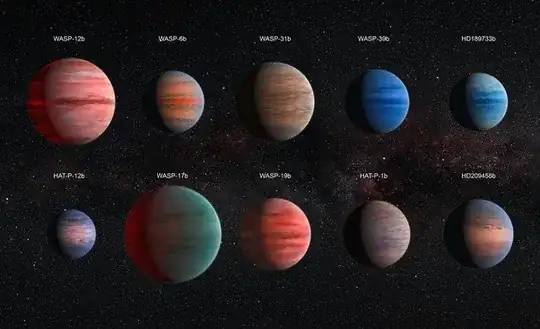A lot of gasses are clear, colorless (or have a few sharp spectral features)..
Most solids, however, unless they are very pure, absorb light (because
of atomic proximity, spectrum lines are broader, and any
impurity adds new lines).
So, like on Earth, we'd expect sunlight to penetrate deeply into
atmosphere, but eventually run into something opaque and... stop.
That makes heat at the bottom of the atmosphere, SO we expect the warmer
lower-atmosphere gas to expand, and rise, and that means the atmosphere
isn't just stratified, it's stirred.
The spin of the planet makes a coriolis effect, and that breaks the
symmetry of the air movement, and the result is a series of bands
of toroidal-flow encircling the planet, around the planetary spin axis.
On Earth, the 'Hadley cells' are known from antiquity
(because of the 'doldrums' between the cells, ocean navigation is
sensitive to this airflow pattern).
So, it is predictable that atmospheric circulation will include belts
around the spin axis; as for colors, those could be cloud effects if
the circulating gas has any condensation of components, or could
be a surface-temperature or distribution-of-dust effect secondary
to the air circulation pattern.
